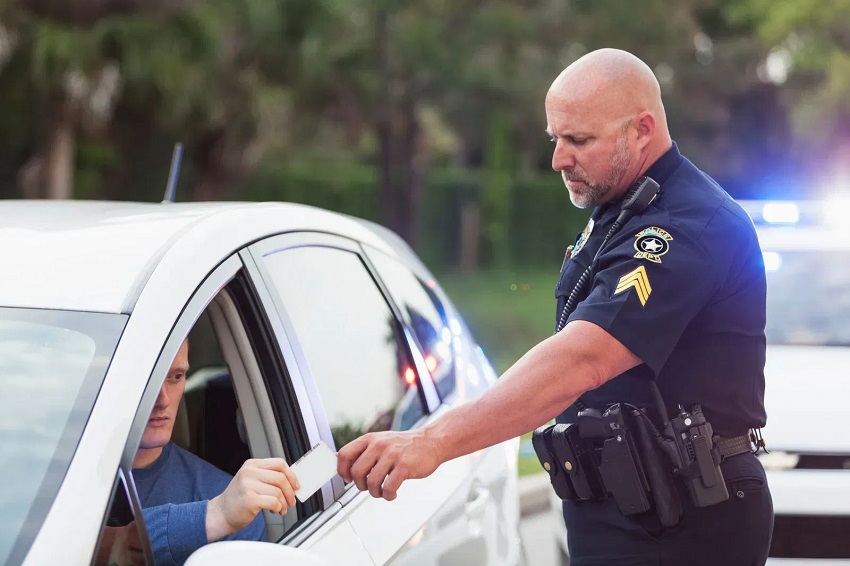SALT LAKE CITY, UTAH — A new state audit report has revealed that a number of small cities and towns across Utah are increasingly relying on traffic fines to fund their budgets. For some municipalities, fines account for more than 10% of their annual revenue, raising concerns about the potential for traffic enforcement to become more about financial gain than public safety.
The report highlights several towns with notable increases in traffic fine revenue. Orderville, Utah, saw the most significant rise, with a more than 8% jump in traffic fine revenue from the previous year. Vernal followed closely with a 6% increase. Among the cities with the highest reliance on fines, Sunset topped the list, receiving nearly 15% of its revenue from traffic violations. Mantua and Wellsville were also not far behind, with both cities seeing similar trends.
In 2021, the state of Utah implemented a cap on the amount of revenue cities could generate from traffic fines, limiting it to 25% of their total revenue. Any money earned beyond that threshold is funneled to the Utah Department of Transportation, with the intent of preventing law enforcement officers from becoming revenue agents. However, the audit reveals that cities are not penalized for exceeding the cap, raising concerns about the effectiveness of the policy.
Residents in towns like Mantua have expressed mixed feelings about the heavy reliance on traffic fines. One local resident, who spoke with KUTV on the condition of anonymity, explained that their town’s limited number of businesses makes traffic fines one of the few ways to generate much-needed revenue. However, others are less supportive of this practice, believing that it undermines the purpose of traffic enforcement.
Dan Weber, a resident living near Mantua, argued that traffic enforcement should prioritize safety rather than revenue generation. “I don’t think that needs to be the reason they are pulling people over for revenue,” he said.
Lora Walton, another resident of Mantua, expressed a more divided opinion but noted the frequency of traffic stops. “Every time I go over there, I see at least one car pulled over — at least one, but sometimes more,” Walton said. The prevalence of traffic stops in the area has sparked debate over whether officers are pulling over drivers based on safety concerns or to meet revenue targets.
KUTV reached out to the top cities mentioned in the audit, asking whether they have established quotas for officers and how they ensure that tickets are not being issued unnecessarily. The response from these municipalities has yet to be disclosed.
The reliance on traffic fines as a significant source of funding for small cities has prompted calls for greater scrutiny of the practice. While the 25% revenue cap was designed to prevent abuse, the lack of penalties for exceeding the cap has raised questions about its true effectiveness. As more towns face budget challenges, the role of traffic fines in local government finances is likely to remain a point of contention for both residents and policymakers.
In the meantime, many Utah residents continue to grapple with the balance between ensuring public safety and the growing financial pressures faced by small towns. The conversation surrounding traffic fines and local revenue generation will undoubtedly continue to evolve as more audits and reports emerge.

